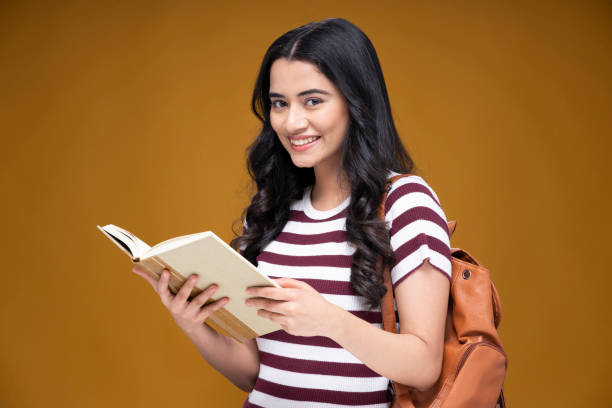In India, Dussehra, also known as Vijayadashami, is a significant Hindu festival. After Holi and Deepawali, it is one of Indian Hindus’ most celebrated festivals. The triumph of goodness over evil is celebrated at the festival. Dussehra is a Hindu festival that occurs on the tenth day of either the Ashwin or Kartik months, which coincide with the September-October Gregorian calendar month. Additionally, the festival is observed on the tenth day following the nine-day Durga Puja and 20 days prior to the Deepawali festival. The legend of the Dussehra festival is that Lord Rama won the battle against the demon king Ravana. With his sister Sita and brother Lakshmana, Rama, the prince of Ayodhya, was in exile in the Dandaka Forest in southern India. In the twist of fate, Ravana took Sita hostage and transported her to his kingdom “Lanka,” which is now Sri Lanka. Rama was a pious prince who was well-known for his skills with the bow and his morals. In order to free Sita, he was able to organize well-wishers and start a war with Ravana. Ravana was defeated by Rama at the end of the Ramayana war, which lasted nearly 13 days. In fact, good prevailed over evil. Dussehra is the name given to this day.
Twenty days after the battle, Rama came back to Ayodhya, and this day is called Deepawali. In every part of the country, the Dussehra festival is celebrated with a great deal of fervour and enthusiasm. The festival’s preparations begin months in advance. Dussehra isn’t celebrated at home; rather, it’s more like a community fair where everyone in the community comes together to celebrate. nAfter a nine-day Durga Puja festival, Dussehra is celebrated, making the event even more grand. At a number of locations, fairs are held where individuals and their families can shop in temporary establishments and sample local delicacies.
A large burning of Ravana’s effigy in the evening is another more significant part of the Dussehra celebrations. Typically, the effigy is kept safe from settlements on large grounds. Additionally, it is enclosed at a safe distance for observers. Additionally, the effigy is stuffed with fireworks, giving it a celebratory punch. A large crowd breaks out in cheers as the fireworks explode as the effigy burns. Indeed, it’s a sight to behold. There are two primary reasons why the festival is so significant to the Indian Hindu community. First, it honours Lord Rama, one of the most revered figures in Hinduism, for his victory. Second, it celebrates the triumph of good over evil and conveys the message that evil, no matter how massive it may be, will ultimately be thwarted by truth and morality. The message of the Dussehra festival is the very foundation of the true development of Hindu beliefs and practices. Nearly every Hindu festival has a message about moral highness, truth, and righteousness.
Rama is not worshipped because he was a prince; rather, he is worshipped because he was a noble prince who valued principles and righteousness more than material possessions. Rama’s splendour was such that he was greeted with affection by people in almost every kingdom in India.
Edu world celebrates the festival with its whole light and cultural value. The festival represents this moral uprightness, and every individual irrespective of caste and religion looks up to Rama as a role model. Dussehra has been celebrated in India with the same fervour and enthusiasm for millennia to come for thousands of years. The significance of the festival will not change over time, although the methods and rituals may evolve.




